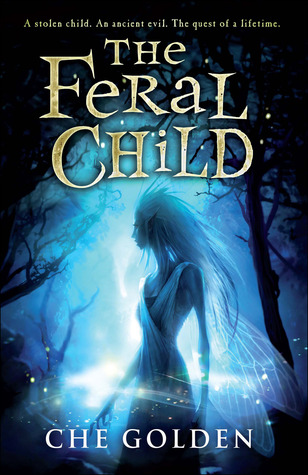The Feral Child Mac OS

EDIT: This post have been getting very many views lately so ‘fess up in the comments if you want a part 2 with more advanced and new ways to use Mac OS X commands and wildcard characters.
The Feral Child Mac Os Download
This tip/post is going to be about several common Mac OS X commands and wildcard characters I have discovered, at work, that is useful to understand and know how to use. First off, wildcard characters are special characters such as * and ? that help you to find groups of filenames that have something in common.
Specifically designed for 3-7 year olds, Lola’s Alphabet Train is a guaranteed way to keep your children coming back for more fun as they master their reading skills! Play games like 'dragging and dropping' individual letters, “form a word”, and even a matching memory game to. Witcher 3: WIld Hunt - where is the MAC OS X Version? Both Witcher 1 + 2 got native mac versions. I've been waiting for 19 May like all other people because the game should be released for all systems. But I can't see any mac version, neither on Steam nor somewhere else. 64-bit games for Mac: The future of Mac gaming. The removal of 32-bit support caught many by surprise. Many saw it as an aggressive move that hurt both consumers and developers alike and were quick to call out Apple. Apple’s decision could be debated at length, but the move to 64-bit was a necessary move. Despite Apple's best efforts, Mac malware does exist, we describe some cases below. However, before you panic, Mac malware and viruses are very rarely found 'in the wild'.
For example, say I have a couple of files that I want to find in my home directory. My home directory is cluttered with junk files that I never take the time to organize. But somewhere within that junk pile of files there lay 8 files I would like. Their filenames are ssw_idl.a285, ssw_idl.r391, ssw_idl.z988, ssw_idl.c293, and the other 4 files are named similarly (“ssw_idl.” followed by a letter, then 3 numbers).
Open up terminal (or something similar like X11’s xterm) and type in ls
Cramming time:cd – changes directories (directories = folders). cd .. to go up a directory and cd FOLDERNAME to go to a folder in the current directory.rm – deletes files/folders.mkdir – makes directories (folders).say 'Hello!' – computer says ‘Hello!’more textFileName – opens up a text file for viewing inside the command line/shell.
Now the actual reason I wrote up this post was to show you how to display only certain files with similar names. So we’ll go on to learn about wildcard characters (to be completely honest, I am a noob to this whole wildcard thing; I am stilling learning also), and then about how to use wildcard characters in the Mac OS X command line. Skip ahead if you already know about wildcard characters.
——– The Good Stuff ——-
* – this star means “everything”.ls * will display all folders and all files within those folders.? – means any character. ?? means any two characters. So basically ls ??* will only display files/folders that have filenames 2 or more characters long.alphabet and numbers – typing in any letters or numbers means that files/folders must have those exact letters/numbers.ls *.jpg – lists all files that are jpeg images (.jpg extension)
The “.” (backslash then dot with no space, in case you couldn’t see it well) means a literal dot. No backslash before the dot would mean just any single character except for a new line (n).ls a* – lists files/folders starting with an “a”.ls *.* – lists only files because folders don’t have a dot in their name.ls [a-z] – lists only folders with a one character letter for their name.ls frame[0-9] – lists any files/folders starting with “frame” and then any 1 number.
A very nicely made reference page for Mac OS X Commands:
http://www.ss64.com/osx/
The Feral Child Mac Os X
Any comments welcome! Show me something cool & new!